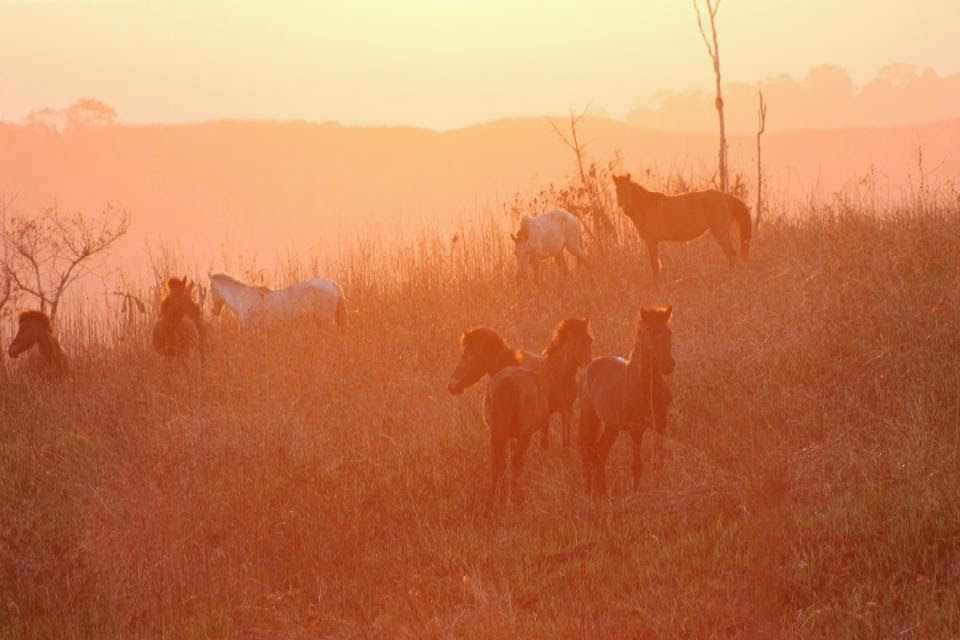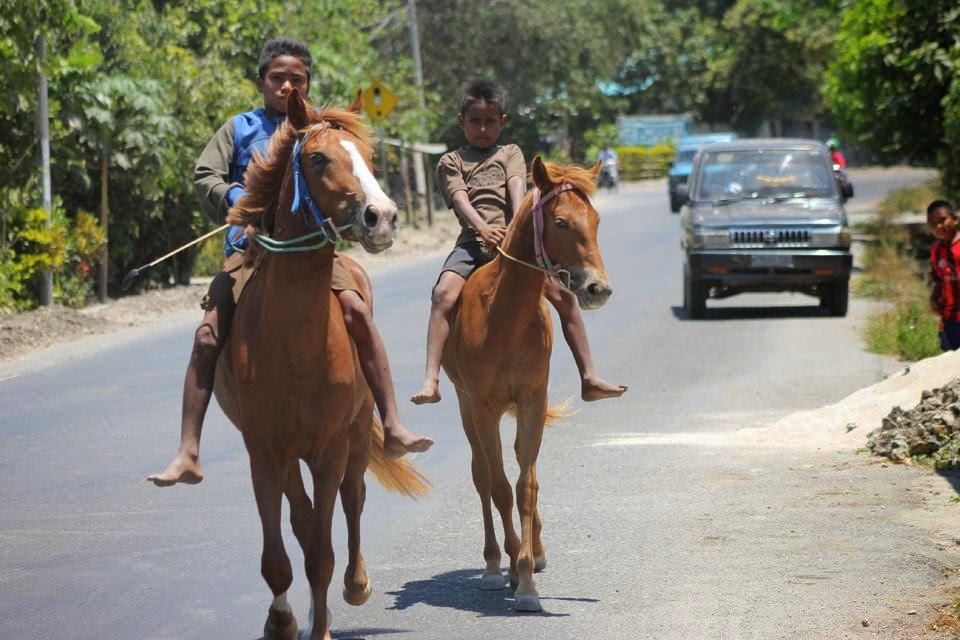 |
A villager collects water from a well, which was dug from the bottom of a lake
that had dried up in Gunung Kidul village, near Yogyakarta in Java. Drought
continually plagues the area and the villagers who reside there. (Reuters
Photo/Dwi Oblo) |
Jakarta.
Indonesia is home to some of the world’s largest water deposits. According to
the Water Environment Partnership in Asia, WEPA, almost 6 percent of the
world’s water resources can be found in
Indonesia. Additionally, Indonesia controls 21 percent of water resources in
the Asia-Pacific region.
Geographically,
it can be said that Indonesia is blessed with an abundance of water in storage.
Mountainous
areas covered in rain forests form natural water catchments. Mangrove forests
in coastal areas, meanwhile, protect inland water storage from saltwater
intrusion.
Indonesia
undoubtedly plays an important role in global water security and environmental
conservation. This, however, does not mean Indonesia is immune from water-related
problems.
Water is
one of several basic necessities, a valuable asset that has the potential to
trigger problems should it be manipulated or managed unwisely. Speaking of
manipulating water resources, the government and the private-sector play an
increasing role in this sector.
The 1945
Constitution mandates the government as the sole manager of water resources
throughout the archipelago. It is given the mandate so that it can fulfill the
people’s basic necessities.
Overwhelmed
by the task, the government has delegated part of its water authority to the
private sector. They require the private sector to ensure that Indonesia’s need
for water is balanced with accessible supplies.
Excessive
use
Despite
efforts to maintain supply, most urban populations in Indonesia use water
excessively. It may be because to them,
water is something easily available, not something that they struggle to
attain.
Lower- to
middle-income people in Indonesia use 169.11 liters per day, per person on
average. The figure is higher for those in the middle-to-upper class group who
use 247.36 liters. Almost every domestic activity requires water, from washing
clothes and cleaning the dishes to cooking, drinking and watering gardens.
According
the Indonesia Water Institute, since 2000, various regions in Indonesia have
been forced to deal with water scarcity. Such shortages are blamed by
environmental degradation. Additionally, water becomes scarce due to unwise
management.
The Baduy
people
An
examination of the traditional practices of some indigenous groups, including
the Baduy people in Banten is insightful. Their actions are in line with
sustainable development principles, consisting of three pillars: environment,
economy and community. Under those principles, they are able to manage the
environment wisely.
The
practice, supervised by their elderly, bars Baduy Dalam (Inner Baduy) people,
who live deep in the forest, from cutting down trees. Cutting trees is only
allowed should the tree be of a sufficient age. If they cut down one tree, in
exchange, they must plant two trees. We can see here an effort to balance the
ecosystem, and maintain an abundance of trees.
The
indigenous Baduy people demonstrate to us how to manage our relations with the
environment. By preserving the forest, they maintain the availability of water
in the soil.
In terms of
their other two pillars, economy and community, an examination of Baduy Luar
(outer Baduy) people’s practices is useful.
They are allowed to sell their crops to meet daily necessities, but only
if they maintain the sustainability of their plantations and don’t harvest
excessively — which can damage their forests. The Baduy sees nature as an
integral part of their life that must to be respected. It is a remarkable
value, one which has allowed them to avoid environmental-related problems,
including water scarcity.
If we apply
such values to our modern society, everyone will benefit. Indonesians need to
wake from their long sleep and consider such core environmental principles.
Unique traditional values that respect nature are part of our country’s
identity. Even though they often originate from different cultural practices,
they have one thing in common: a unique, traditional solution for environmental
issues.
Every
region in Indonesia is moving towards preserving the environment as one
solution for water scarcity. I’m optimistic that this will work. I’m also
aware, though, that it is going to be a life-long project to make people understand
environmental principles.
Once they
understand the actions they can take to alleviate water scarcity, their
behavior will change. Let’s appreciate what we have, and let’s move forward
with it.
Sitti “Ina”
Aminah is a knowledge management officer at the Indonesian Biodiversity
Foundation (Yayasan Kehati)



















